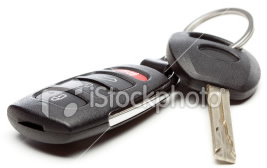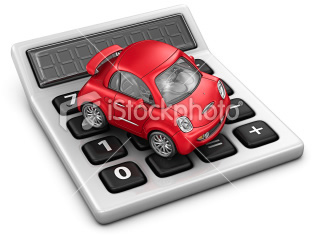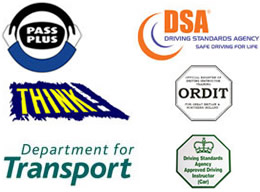Practical Driving Test Explained
The driving test is designed for you to show your practical skills and understanding of the Highway Code and the theory of driving safely. Throughout the test your examiner will be looking for an overall safe standard of driving. Read on to find out about the different parts of your driving test.
You can choose whether you wish your instructor to accompany you on the test and/or you wish him to be at the debrief at the end of the test
Before you start the driving ability part of your test
Before you start the driving ability part of your test, you’ll have an eyesight check and be asked two vehicle safety questions.
The eyesight check
The examiner will ask you to read the number plate on a parked vehicle to test your eyesight. If you fail the check, your driving test won’t continue.
Vehicle safety questions: ‘show me, tell me’
You’ll be asked two vehicle safety questions. These are also known as the ‘show me, tell me’ questions.
The examiner will ask you one ‘show me’ question, where you’ll have to show them how you’d carry out a vehicle safety check. You’ll also be asked one ‘tell me’ question, where you’ll have to explain to the examiner how you’d carry out the check.
For example, the examiner might ask you to identify where the windscreen washer reservoir is and tell them how you’d check the windscreen washer level.
If you give the wrong answer for one or both questions, you’ll be marked with one driving fault.
The driving ability part of your driving test
If you make a mistake
Don’t worry if you make a mistake – it might be a less serious driving fault and might not affect your result
The driving part of your test will last about 40 minutes. Throughout the test your examiner will be looking for an overall safe standard of driving.
Your general driving ability
During your test the examiner will give you directions which you should follow. You’ll drive in various road and traffic conditions. You should drive in the way your instructor has trained you.
You might also be asked to carry out an emergency stop.
Your ability to reverse your vehicle safely
You’ll be asked to complete an exercise to show how well you can reverse your vehicle. The examiner will choose one exercise from:
- reversing around a corner
- turning in the road
- reverse parking – either into a parking bay, or parallel parking at the side of the road
Independent driving section of the driving test
Your driving test will include around ten minutes of independent driving. This is designed to assess your ability to drive safely while making decisions independently.
If you make a mistake during your test
If you make a mistake, don’t worry about it as it might be a less serious driving fault and might not affect your result. However, if at any time your examiner considers your driving to be a danger to other road users they will stop your test.
Your driving test result
Your result
You’ll pass your test if you make:
- 15 or less driving faults
- no serious or dangerous faults
When the driving test has ended, you can call your instructor over if they didn’t go with you on your test. This is so they can listen to the result and feedback with you.
The examiner will:
- tell you whether you passed or not
- explain how you did during the test
The different types of faults that can be marked
There are three types of faults that can be marked:
- a dangerous fault – involves actual danger to you, the examiner, the public or property
- a serious fault – could potentially be dangerous
- a driving fault – not potentially dangerous, but if you make the same fault throughout your test it could become a serious fault
If you pass your test
If you pass your test the examiner will give you a pass certificate. They will also ask you if you want your full licence to be sent to you automatically.
Once you have passed you test you can start driving straight away – you don’t need to wait for your full licence to arrive.
Taking another test if you don’t pass
If you don’t pass your test, you can take another after ten working days. Working days include Saturdays.
Feedback on how eco-efficient your driving is
The examiner will give you helpful feedback about how eco-efficient your driving is.





